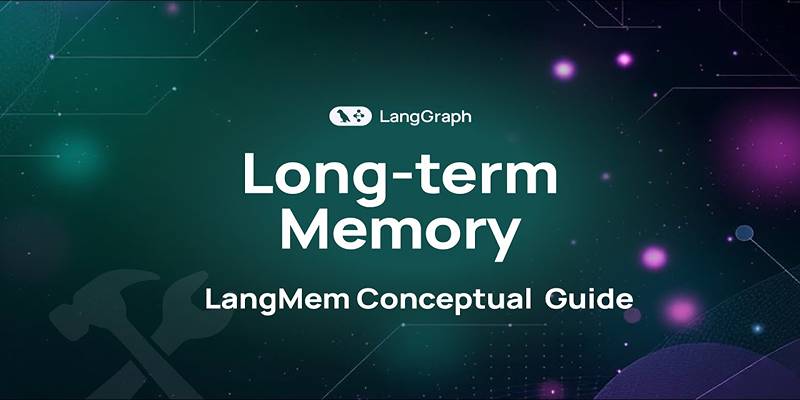In recent years, artificial intelligence has completely changed how developers write and understand code. One of the most exciting advancements in this area is Claude 3.7 Sonnet, a model developed by Anthropic. This AI model has quickly gained popularity among programmers, researchers, and tech companies for its smart, efficient, and human-like coding skills. Let’s take a closer look at why Claude 3.7 Sonnet might be the best coding model in 2025.
Understanding Claude 3.7 Sonnet
Claude 3.7 Sonnet is a mid-sized model in Anthropic’s Claude 3 model family, designed with a focus on efficient reasoning and safety. Positioned between the powerful Claude 3 Opus and the lightweight Claude 3 Haiku, Sonnet offers the best of both worlds — strong performance without sacrificing speed. It is especially effective in tasks that require understanding, generating, and explaining code across various programming languages.
Designed for Developers
Unlike generic language models, Claude 3.7 Sonnet has been carefully trained to serve developers and technical professionals. Its design centers on clear thinking, accuracy, and the ability to follow detailed instructions in natural language.
Key Strengths That Make Sonnet a Coding Powerhouse
Engineers and tech teams have widely praised Claude 3.7 Sonnet for its standout performance in real coding scenarios. It is more than just a code generator — it’s a reliable assistant that can help at every stage of the software development process.
Code Generation That Makes Sense
One of the top features of Claude 3.7 Sonnet is its ability to write clean, understandable, and functional code. Developers often spend hours crafting and refining code, but Sonnet simplifies this process by writing usable code from the start.
Its outputs are known to be:
- Well-structured and easy-to-read
- Logically sound and functional
- Tailored to the user’s instructions and project needs
Support for Multiple Programming Languages

Claude 3.7 Sonnet works across a wide variety of programming languages. From web development languages like HTML, CSS, and JavaScript to backend tools like Python, Java, and Go, it shows consistent skill and understanding. This makes it a valuable tool for full-stack developers and teams working across multiple tech stacks.
How It Stands Out from Competing Models
The competition in the AI coding space is intense, with models like GPT-4 Turbo from OpenAI, Google Gemini, and Meta’s Code LLaMA all offering advanced capabilities. However, Claude 3.7 Sonnet manages to hold its own — and, in many ways, outshine the rest.
Better Performance-to-Speed Ratio
One major advantage of Claude 3.7 Sonnet is its efficiency. It provides results quickly without the lag sometimes seen in larger models like Claude 3 Opus or GPT-4 Turbo. For many users, this speed is a major productivity booster.
High Accuracy with Clear Instructions
When it comes to following instructions, Claude 3.7 Sonnet delivers. Whether the prompt is a simple “Write a loop in Python” or a complex “Convert this JavaScript function to Rust,” the model handles it with impressive accuracy and clarity.
Real Use Cases Where Claude 3.7 Sonnet Shines
Developers, educators, and even tech startups are already benefiting from Sonnet’s coding abilities. Its versatility allows it to be used in many areas of software development and learning.
Here are some practical scenarios where it adds value:
- Bug fixing: Identify and resolve errors in code without long debugging sessions
- Code translation: Convert code between languages, such as Java to Python
- Documentation help: Generate or improve documentation for existing code
- Code explanation: Break down and explain code logic to help learners or teams
- Test case writing: Generate unit and integration tests automatically
Why Developers Prefer Claude 3.7 Sonnet
The success of any coding AI model depends on how much developers trust and enjoy using it. Claude 3.7 Sonnet has quickly earned a solid reputation in this area.
Developer-Friendly Features That Stand Out
- Fast output: Reduces wait time for coding solutions
- Long context understanding: Can analyze and work with large code files or documents
- Helpful tone: Outputs are friendly, readable, and easy to understand
- Less hallucination: More reliable than many other models in terms of factual and code accuracy
These qualities make it a go-to assistant for day-to-day development, whether the user is a junior programmer or a senior software engineer.
How to Access and Use Claude 3.7 Sonnet
Getting started with Claude 3.7 Sonnet is simple. Anthropic has made the model available through their platform, and it’s also integrated into several developer tools and third-party services.
Simple Steps to Begin
- Sign up on Anthropic’s official platform or use a supported partner service.
- Choose Claude 3.7 Sonnet as the preferred model
- Input coding prompts in plain English
- Review, test, and modify the AI-generated code
For advanced users, API access is also available, allowing integration into custom software workflows and IDEs.
Is Claude 3.7 Sonnet the Best Coding Model Yet?

The question at the heart of this discussion is whether Claude 3.7 Sonnet can be considered the best AI coding model available. While “best” is subjective and depends on user needs, there is strong evidence to support that Sonnet is at least among the top choices for developers in 2025.
It is a mix of:
- Speed
- Accuracy
- Multi-language support
- Developer-friendly tone
- Reliable code output
…makes it a powerful tool for both solo coders and enterprise teams.
While models like GPT-4 Turbo or Claude 3 Opus might offer higher ceiling performance in some areas, Claude 3.7 Sonnet strikes a balance that many developers find more practical for everyday use.
Conclusion
Claude 3.7 Sonnet represents a big leap forward in AI coding tools. Its focus on real-world usefulness, developer support, and clean coding output sets it apart in a crowded market. While it’s not flawless and should be used with good coding practices in mind, it provides an incredible boost to productivity, especially for those who value clarity and speed. For teams and individuals looking to speed up their development processes without compromising code quality, Claude 3.7 Sonnet is a model worth considering. As AI continues to evolve, models like Sonnet show that the future of programming is not just faster — it’s smarter.











